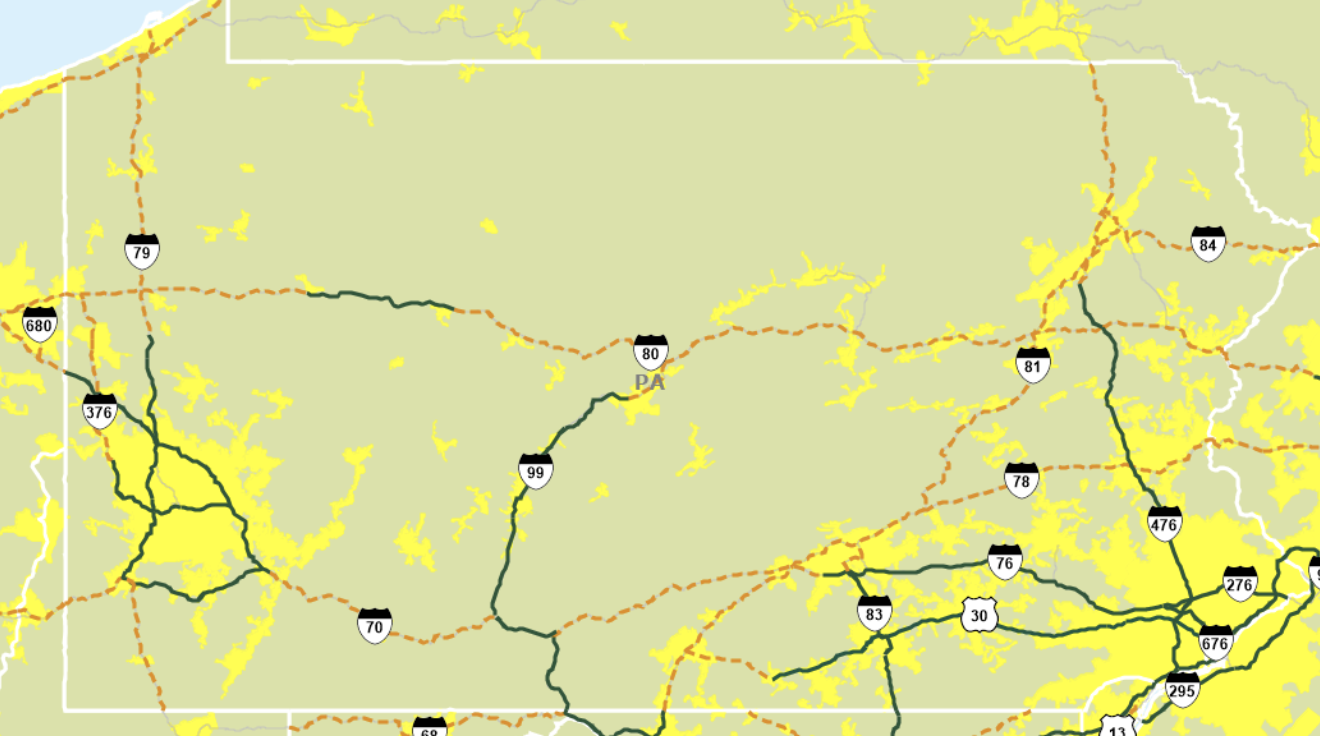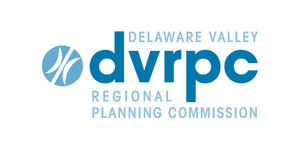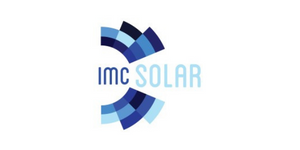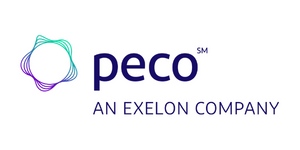|
BACKGROUND
On December 4, 2015, President Obama signed the Fixing America’s Surface Transportation (FAST) Act (Pub. L. No. 114-94) into law—the first federal law in over a decade to provide long-term funding certainty for surface transportation infrastructure planning and investment. The FAST Act authorizes $305 billion over fiscal years 2016 through 2020 for highway, highway and motor vehicle safety, public transportation, motor carrier safety, hazardous materials safety, rail, and research, technology, and statistics programs.
Appearing in the FAST Act is the development of “Alternative Fuel Corridors” since the inception of the program, EP-ACT has been integrally involved helping PennDOT and DEP identifying and recommending PA interstates and local roadways for induction into this program. Along with our counterpart (Pittsburgh Region Clean Cities PRCC) we have introduced fifteen Interstate Highways and one US Route into the US Department of Transportation Federal Highway Administration (US DOT & FHWA) program.

Federal Highway Administration map of Pennsylvania
OUR WORK
We worked in partnership with PennDOT and other states to designate corridors that run through The Commonwealth into neighboring states such as New Jersey, Ohio, Delaware, and Maryland. Working with many state agencies and regional planning offices, we were able to “connect” many alternative fuel corridors by teaming together with states that have the same interstate highway running through them.
Some of the more notable projects include the impressive I-95 alternative fuel corridor that runs from Augusta Maine to the Washington DC/ Virginia border and another that EP-ACT is intimately involved in is the I-80 Mid-America Alternative Fuel Corridor, which runs from New Jersey to the Iowa- Nebraska border. EP-ACT and partner PRCC have been contracted with PennDOT to work and collect data for this project. We will be furnishing a report that describes the current availability of alternative fuel infrastructure (Electric Vehicle Supply Equipment (EVSE’s) and Compressed Natural Gas (CNG) stations and gaps therein. We will also include potential site hosts and anchor fleet information to the Commonwealth and our other project partners. Project is expected to be completed by December 2021.








